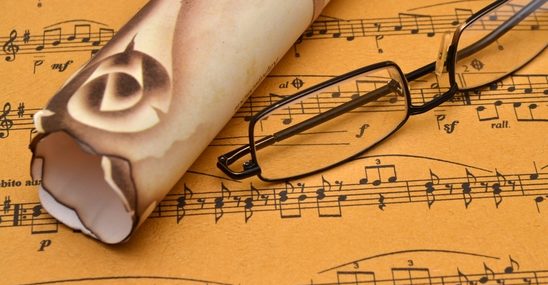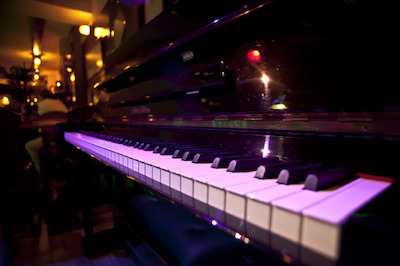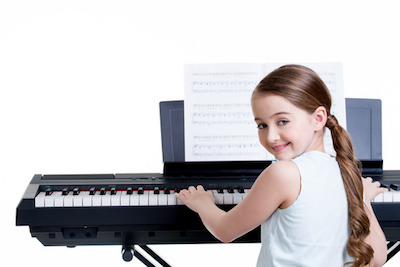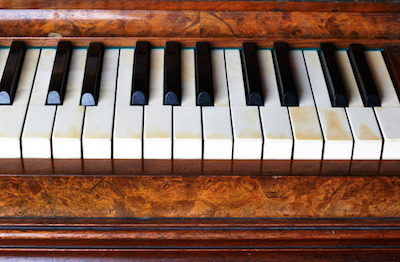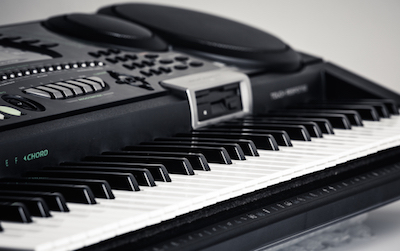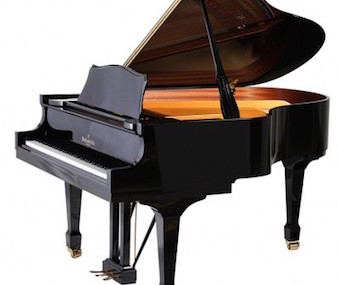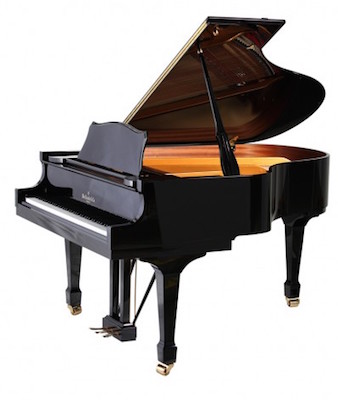Most keyboards do not come supplied with a stand. However, purchasing a piano stand is essential for comfortable playing.
Spend a few minutes searching for piano stands and you’ll find a wide range to choose from. But which one is best for you? What are the differences? Is one better than the other?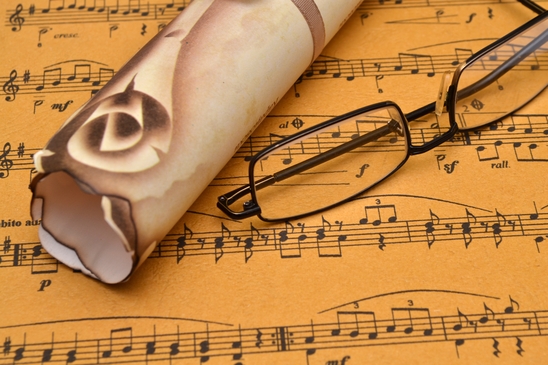
X Style Stand
An X Style stand is probably the most popular choice for keyboards, identified by its X appearance when open. One of the most important features of this stand is it is fully adjustable, so you avoid discomfort when playing in different positions. You can easily move it up and down, depending on the height of your stool or chair. You’ll find X Style stands in single and double braced, choose based on how heavy your keyboard is and how much wear and tear you expect.
Mixer Style Stand
Mixer Style piano stands are heavier and bulkier, perfect for bigger, heavier keyboards. They provide more support at the base, where connected to the piano. And the legs offer more space underneath. They provide more legroom, which is great if you spend most of your time sitting down while playing.
Custom Made Stands
Depending on what digital piano you purchase, some manufacturers create custom made stands for different styles of pianos. Because they are custom made, they will usually be more expensive. Yet they will also fit your piano perfectly, with little room for movement or slippage. This can be a preferred option if you are looking for a high quality stand that is unique to your instrument, and you’re ready to permanently fix your digital piano to.
Have questions? We can help you find the perfect piano stand for your keyboard. Just ask.
